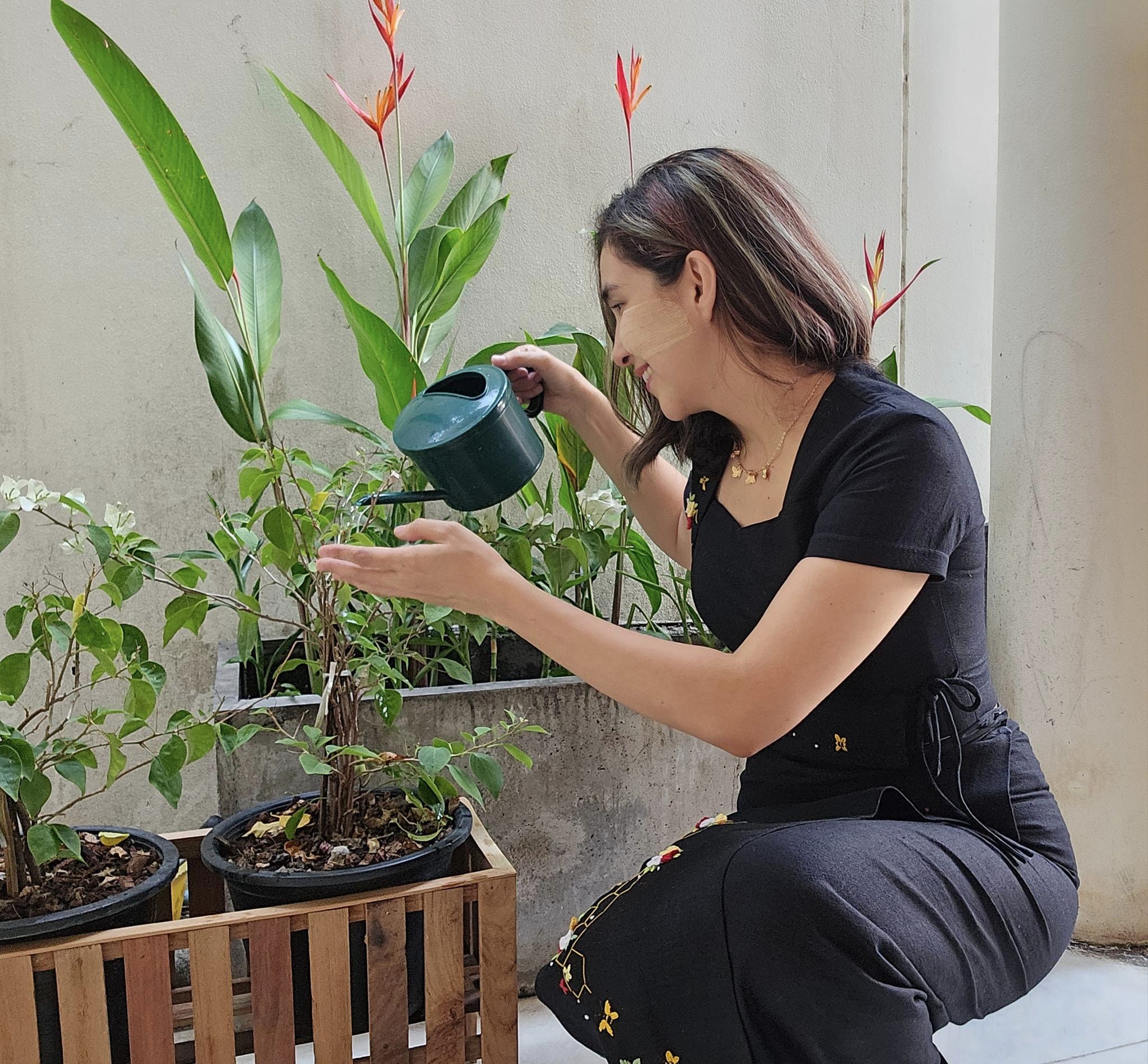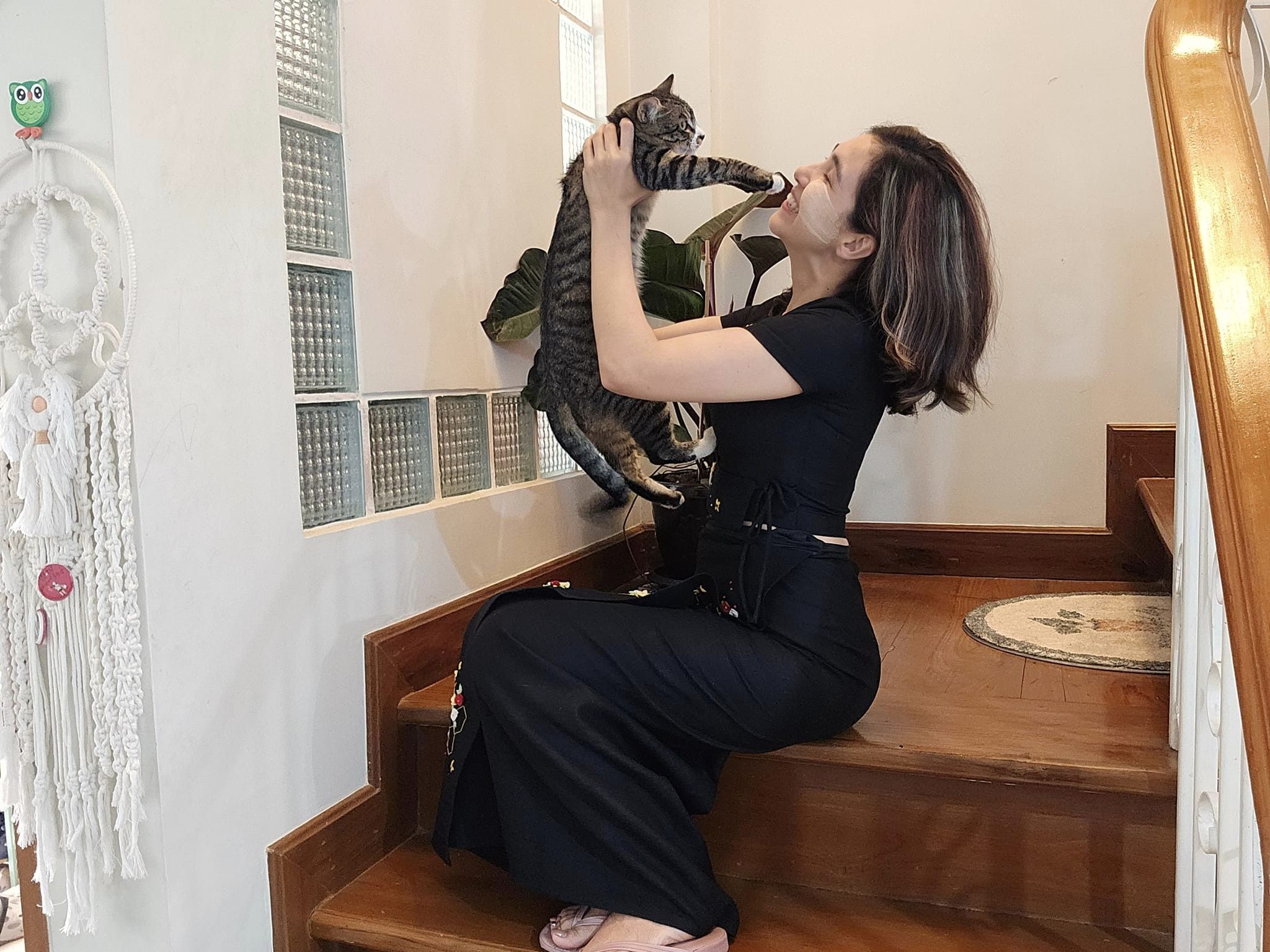











The Rise of Smart Fabrics: Fashion Meets Technology for Wearable Comfort
In the fast-paced realm of fashion and technology, the convergence of these two industries has given rise to a revolutionary trend – Smart Fabrics. These innovative textiles seamlessly blend fashion with cutting-edge technology, providing wearers with an unprecedented level of comfort and functionality. In this comprehensive analysis, we delve deep into the intricacies of The Rise of Smart Fabrics, exploring the marriage of fashion and technology that has led to the creation of garments that not only look good but also enhance our daily lives.
Understanding Smart Fabrics
Smart Fabrics, also known as e-textiles or electronic textiles, are materials infused with technological components that enable them to interact with the environment and the wearer. These fabrics go beyond the traditional role of clothing, transforming into dynamic interfaces that can monitor, react, and adapt to various stimuli. The integration of sensors, microcontrollers, and other electronic elements into textiles has paved the way for a new era in wearable technology.
The Technology Behind the Fashion
The core of Smart Fabrics lies in the sophisticated technology woven seamlessly into the fabric. Microscopic sensors embedded in the fibers can detect a range of physiological and environmental data, from body temperature and heart rate to ambient light and air quality. These sensors communicate with a central processing unit, often discreetly integrated into the garment, which then analyzes the data and triggers appropriate responses.
Applications in Fashion
The application of Smart Fabrics in the fashion industry has been nothing short of revolutionary. From haute couture to everyday wear, designers are leveraging this technology to create garments that not only make a bold fashion statement but also serve practical purposes.
Style and Substance
Imagine a jacket that adjusts its insulation based on the weather conditions or a dress that changes color in response to the wearer’s mood. Smart Fabrics are redefining fashion by offering a dynamic and interactive experience. Designers are increasingly incorporating these fabrics into their collections, blurring the lines between style and technology.
Health and Wellness Integration
Beyond aesthetics, Smart Fabrics contribute significantly to health and wellness. Garments embedded with biometric sensors can monitor vital signs, providing wearers with real-time health data. This not only enhances self-awareness but also facilitates proactive health management. The intersection of fashion and health opens up new possibilities for creating clothing that actively contributes to our well-being.
Challenges and Opportunities
While the potential of Smart Fabrics is immense, there are challenges that the industry must address to ensure widespread adoption and continued innovation.
Technical Hurdles
The integration of technology into textiles poses technical challenges, such as ensuring durability, washability, and flexibility. Manufacturers are actively working to overcome these hurdles, pushing the boundaries of what Smart Fabrics can achieve.
Privacy and Ethical Considerations
The collection of personal data through wearable technology raises important privacy concerns. Striking the right balance between technological advancement and user privacy is crucial for the sustainable growth of Smart Fabrics in the market.
Future Trends and Innovations
As we look ahead, the future of Smart Fabrics appears promising, with ongoing research and development leading to exciting innovations.
Sustainable Smart Fabrics
The fashion industry is increasingly embracing sustainability, and Smart Fabrics are no exception. Researchers are exploring eco-friendly materials and manufacturing processes to create Smart Fabrics that are both technologically advanced and environmentally conscious.
Integration with Augmented Reality (AR)
The integration of Smart Fabrics with augmented reality is on the horizon. Imagine garments that not only respond to your environment but also create immersive augmented reality experiences. This intersection of technology and fashion promises to open up new dimensions of creativity and interaction.
A Table to Describe Smart Fabric Applications
| Application | Description |
|---|---|
| Style and Substance | Dynamic, interactive garments that redefine fashion, responding to environmental and user cues. |
| Health and Wellness | Integration of biometric sensors for real-time health monitoring through everyday clothing. |
| Sustainable Smart Fabrics | Environmentally conscious materials and manufacturing processes for a more eco-friendly approach. |
| Integration with AR | The merging of Smart Fabrics with augmented reality for immersive and interactive experiences. |
The Rise of Smart Fabrics marks a pivotal moment in the intersection of fashion and technology. From enhancing our style to contributing to our health and well-being, these fabrics are reshaping the way we perceive and interact with our clothing. As technological advancements continue and challenges are addressed, we can expect Smart Fabrics to become an integral part of our daily lives, seamlessly blending comfort, style, and innovation.
In the ever-evolving landscape of fashion and technology, the journey of Smart Fabrics is one of continuous exploration and innovation. As we embrace these transformative textiles, we embark on a path where the boundaries between fashion and technology blur, creating a future where our clothing is not just a reflection of our style but also a dynamic interface enhancing our lives.